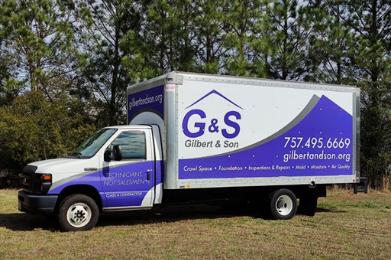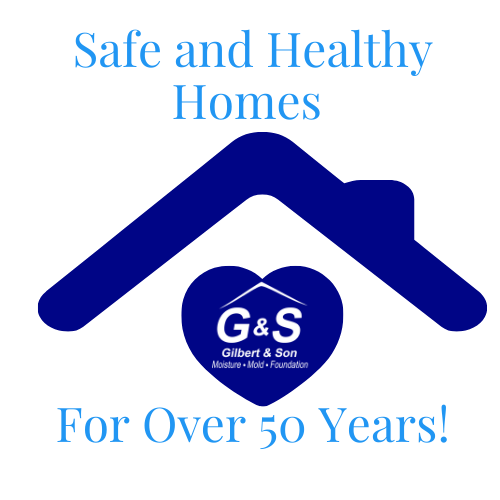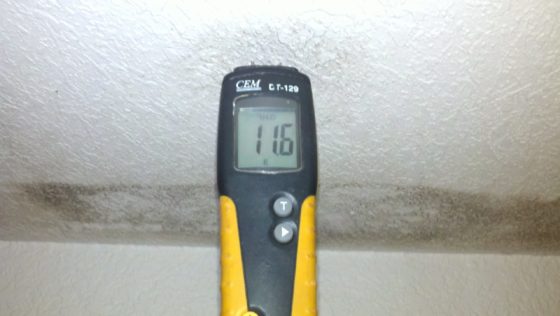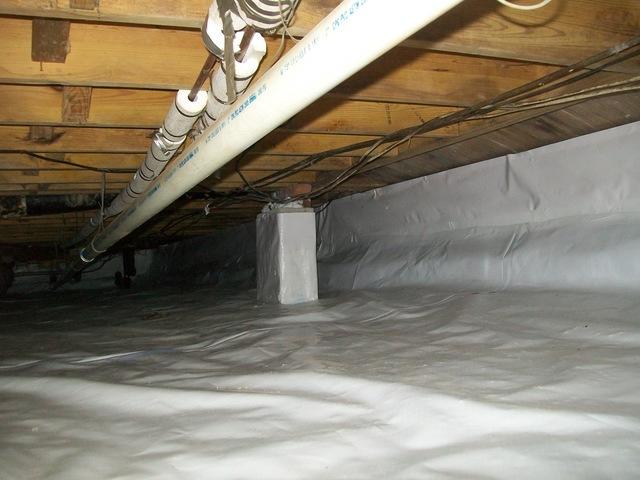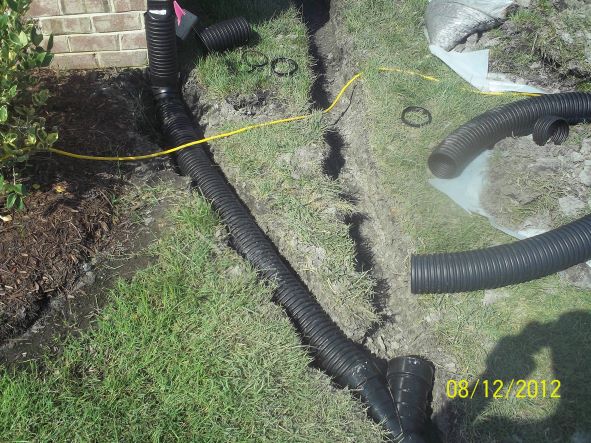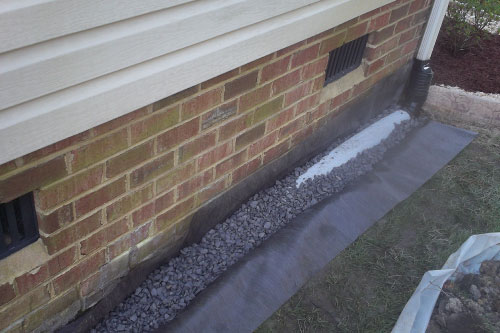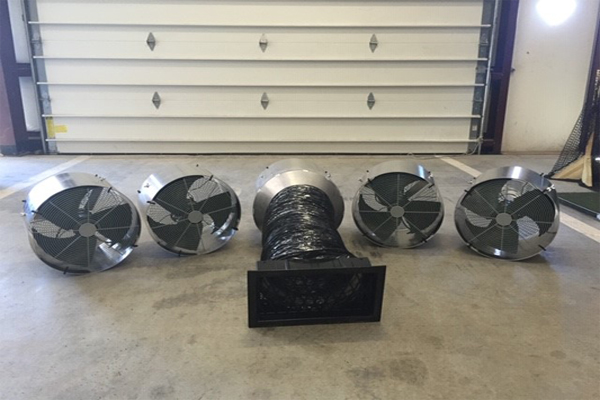2501 Performance Ct. Suite 102 Virginia Beach, VA 23453
Mon - Fri 08:00am - 05:00pm
The Homeowners Crawl Space Guide
Before we get to the crawl space guide, we have a few Alerts that you should be aware of:
Health Alert: Your crawl space needs attention if you have…
- Respiratory or other unresolved health issues, especially with the elderly or very young.
- Moldy or other unpleasant odors in your home which are difficult to locate and fix.
- Fungicides or pesticides sprayed in your crawl space that are being smelled inside
Why?
- Studies conclude 60% or more of the indoor air you breathe comes from the moldy, contaminated crawl space via vapor pressure, the stack affect HVAC vacuum affect and leakage.
- Mold is only 1-3 microns in size, and is known to compromise the immune system. Some people are affected today, but long term exposure to mold is of great concern, such as with second-hand smoke.
- The EPA is urging home owners and builders to allow more outside air into the home to help combat poor air quality.
- Toxic chemicals and vocs in your crawl space flow directly into your home.
House Alert: Your crawl space needs attention if you have…
Hardwood floors that “buckle” in the summer.
Why?
- During the summer months, both temperature and moisture in the crawl space dramatically increase. ***
- High humidity outside will cause an elevated moisture content in wood and insulation causing significant mold growth.
- The hot, humid air present in the crawl space condenses on cooler surfaces, reaching dew point which will add elevated moisture in your wood. The moisture content of both the subfloor and the indoor wood floor increases, which can lead to “buckling”.
- In the summer, a hotter crawl space means a hotter subfloor, and in the winter a colder crawl space means a colder subfloor. In both cases, HVAC costs are elevated for both heating and cooling.
Crawlspace Alert: Your crawl space needs attention if you have…
- Presence of mold, fungus, etc. on the wood, insulation, vapor barrier or ducting in your crawl space (can be visible or not).
- Problems with termites, or other insects
- Wet insulation on HVAC ductwork or other evidence of excessive moisture in your crawl space.
Why?
- Mold, fungus and termites love moisture which is present in abundance in the crawl space in hot, humid climates. For mold to grow it needs: wood moisture above 20%, wood rot above 28%, warmth, darkness, and still air – all of which are present and ready for action in your crawl space.
- The hot, humid air present in the crawl space condenses on cooler surfaces, including HVAC ductwork insulation, and the ground. If exposed ductwork insulation becomes wet, it will deteriorate and will result in increased HVAC costs.
- Closing or opening vents on a crawl space or encapsulating will not adequately lower crawl space moisture content or meet new building codes, nor will simply having a vapor barrier. The moisture content of wood in a crawl space should be kept below 20% all year to stop mold growth, fungus, and termites.
An innovative, cost-effective solution to solve your crawlspace problems
A Simple Guide to Solving Your Crawl Space Problem
What Needs to be Done to Protect My Home and the People in it?
Any solution you consider for your home should address the following:
- Stop the flow of contaminated crawl space air into the home.
- Dry the crawl space wood so the moisture content is below 20% all year. Improving the temperature in the crawl space so it is cooler in summer and warmer in winter.
What are my options?
The NAS Crawl Space System is the only product available today that Guarantees to put your crawl space under negative air pressure, dry the crawl space wood below 20%, and moderate the crawl space temperature all year. The end result is a home with greatly improved indoor air quality; a crawl space kept at safe moisture levels and a reduced demand on your HVAC system.
The patented Negative Air Supplied (NAS) Crawl Space System is the only product that addresses all three requirements. A typical system is about $4,000 installed, and costs less than $20 per month to run.
Examples of improvement to indoor air quality with the NAS Crawl Space System!
- Vapor Barrier Installation to stop ground moisture from entering the crawl space. Installing a vapor barrier is necessary but not sufficient to stop moisture intrusion. A vapor barrier helps when you have installed temp vents (#2).
- “Temp Vents” Installation that open and close on their own according to the season.
Recent studies have shown that opening crawl space vents in the summer and closing them in the winter does not control moisture in the crawl space, and may negatively affect HVAC loads. Temp Vents do not address any of the three requirements. - Installing a Crawl Space Dehumidifier, along with closing the vents is often required by pest control companies to reduce the moisture content of crawl space wood below 20% to obtain termite insurance. Dehumidifiers can help dry the crawl space, but do so at significant energy cost of $40-$70 per month and regular maintenance. In addition, operation of a dehumidifier warms the crawl space in summer, resulting in higher HVAC expenses AND increases the pressure in the crawl space, resulting in MORE contaminated air being pushed into the home. Dehumidifiers only address #2 and negatively affect #1 and #3.
- Encapsulating a Crawl Space is often done in conjunction with a dehumidifier or conditioned air and is currently the “Cadillac Solution” sold, and is very expensive. The unfortunate fact is that water vapor from outside will still end up in your crawl space, as evidenced by the installation of a dehumidifier in many situations. You will definitely have a “clean” pretty crawl space, but contaminated crawl space air will still enter your home and the impact may be intensified, as well as higher HVAC expenses. Encapsulating only addresses #2 and negatively affects #1 and #3.
Contact Us
Fill out the form to tell us how to contact you and tell us what service(s) you are interested in.
Or Just Call Us: 757-495-6669
You are fully protected by our 100% Satisfaction-Guarantee.
We’re incredibly proud of our workmanship. We stand behind our work 100%. The quality of our service is Top-Notch! Our promise to you is this: If you ever have a problem with a solution we have put in place, just call us and we will make it right!




